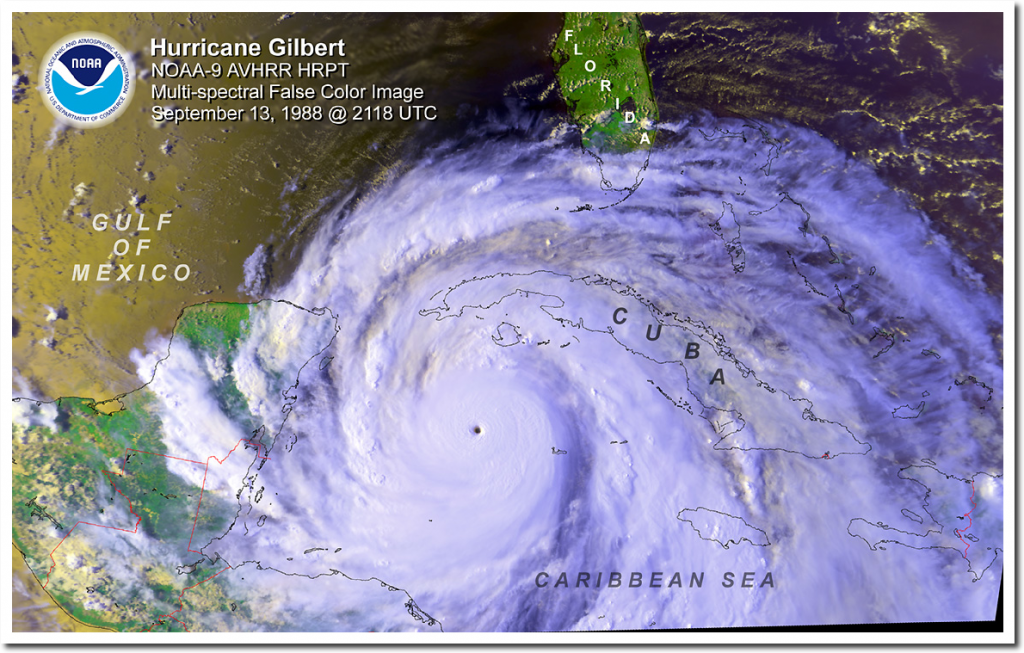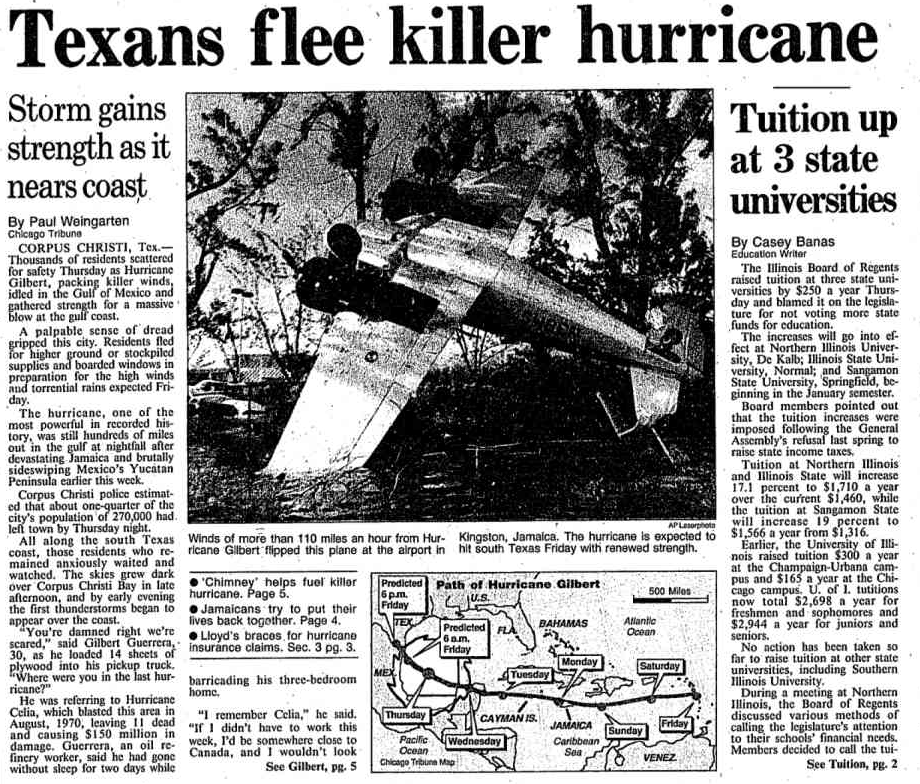Waliser and his JPL colleague Bin Guan developed an algorithm to detect atmospheric rivers in historical data, so they could connect the sky flow to extreme events on land. And they found that, if you look at just the top 2 percent most extreme wind- and rain- and snow-storms in the world's midlatitude regions—atmospheric rivers are linked to up to half of them.
And of the 19 windstorms in Europe that cost insurance companies the most money—billions of dollars in damage—atmospheric rivers were behind three-quarters of those events. The study is in the journal
Nature Geoscience. [Duane Waliser and Bin Guan,
Extreme winds and precipitation during landfall of atmospheric rivers]
Looking ahead, as global temperatures rise, that warmer air holds more water vapor. "And so the tendency looks like, if the climate does warm, you would tend to have stronger or more frequent atmospheric rivers." And as this study shows: it won't just be that a hard rain's gonna fall. We'll be blowing in the wind, too.
—Christopher Intagliata
Biggest Rivers Are Overhead
The whack jobs here are the people so ignorant that they have never read of the atmospheric rivers.




